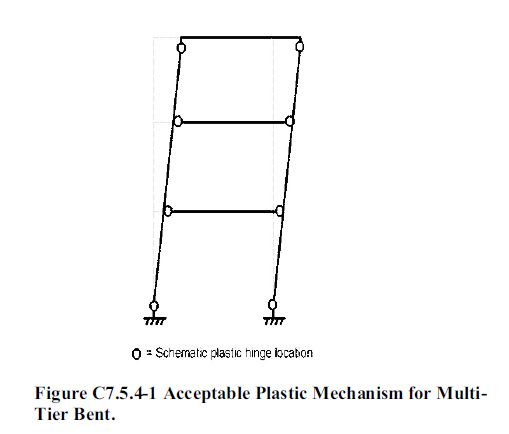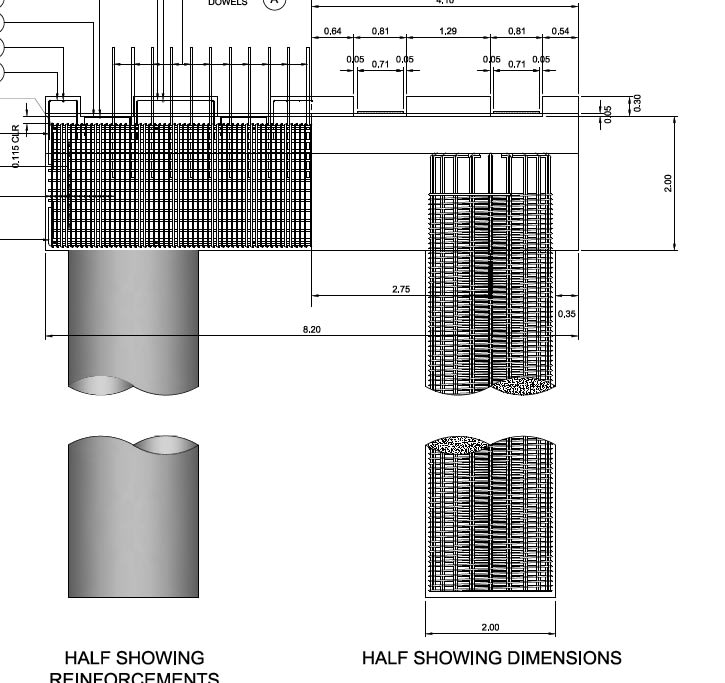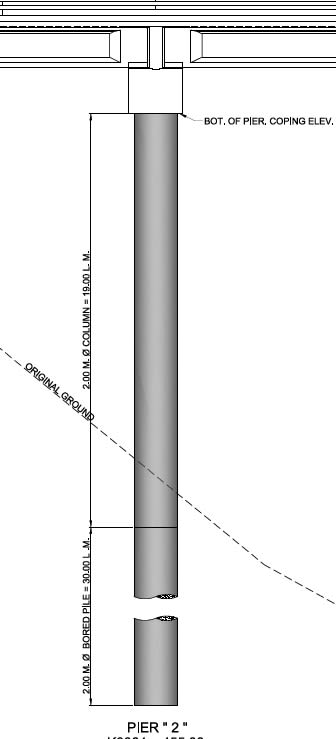X-Wing
Civil/Environmental
- Sep 26, 2012
- 71
Good day!
I would like to ask regarding the philosophy of multi-pile bent design of pier bridges. We are usually designing 2 column pier bent, with foundation resting either on bored piles or footing on piles. My design philosophy is to design those piers using additional moment as unbraced columns (sometimes up to 20 meters in height), instead of adding midheight column bracing.
May I ask if there any harm in introducing midheight column bracing (concrete+steel section)? In my opinion is that instead of transferring loading from coping beam to/from column and foundation and introducing plastic hinging at the bottom/top, additional midheight concrete bracing will induce plastic moments that might cause failure at the column at midheight.
Please enlighten me regarding my design philosophy. Thanks!
Skywalker
I would like to ask regarding the philosophy of multi-pile bent design of pier bridges. We are usually designing 2 column pier bent, with foundation resting either on bored piles or footing on piles. My design philosophy is to design those piers using additional moment as unbraced columns (sometimes up to 20 meters in height), instead of adding midheight column bracing.
May I ask if there any harm in introducing midheight column bracing (concrete+steel section)? In my opinion is that instead of transferring loading from coping beam to/from column and foundation and introducing plastic hinging at the bottom/top, additional midheight concrete bracing will induce plastic moments that might cause failure at the column at midheight.
Please enlighten me regarding my design philosophy. Thanks!
Skywalker




